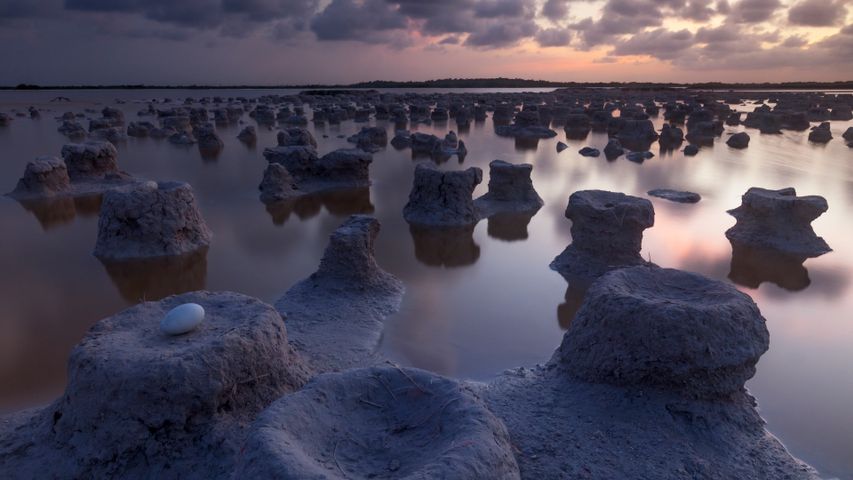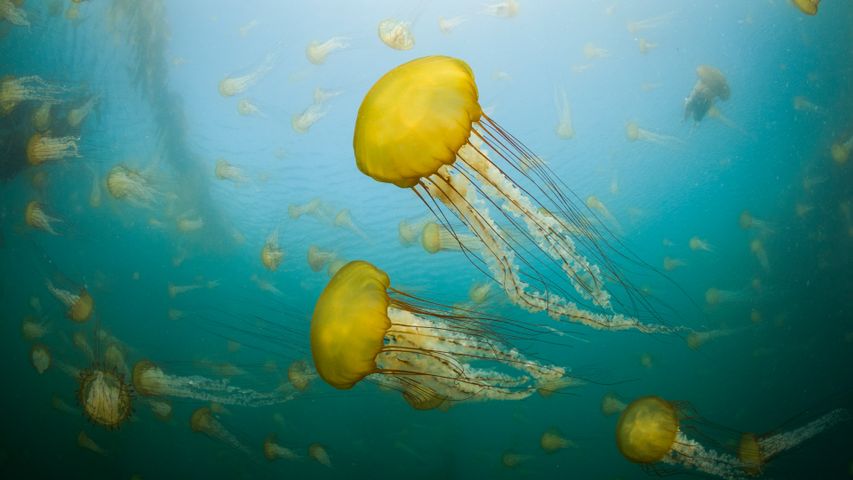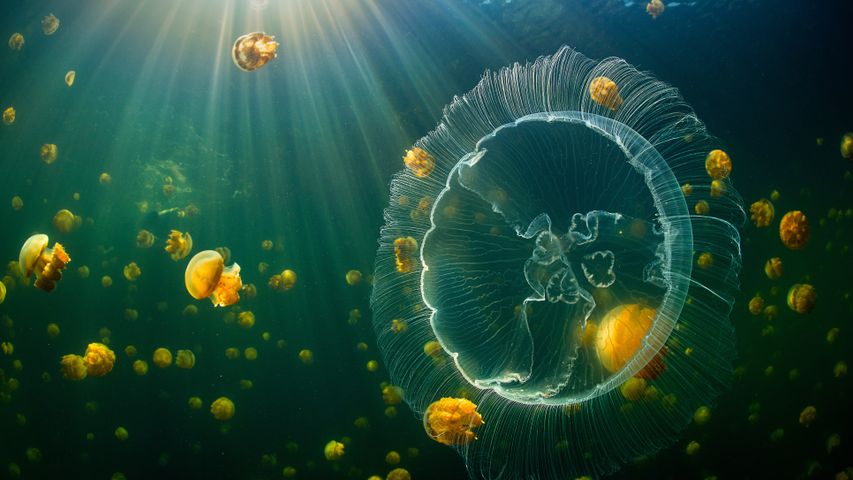Caribou swimming across Alaska's Kobuk River during autumn migration, USA
© Michio Hoshino/Minden Picture
Caribou on the move
Each year a quarter million caribou come together to form the Western Arctic Caribou Herd, a group that makes an epic migration through northwest Alaska in the United States. In great numbers they move south from their calving grounds in the Utukok River Uplands to their winter range on the Seward Peninsula. Autumn in the northern hemisphere is also the time when scientists attach radio collars to members of the herd, to track their location and health, and to gain information that will help conserve the species. When spring arrives, they’ll complete the trip again in reverse, covering a total of 3,200 kilometres each year, give or take.
One of the best spots to see the herd on the move is where the great masses of animals cross this river, the Kobuk, at Onion Portage. The name of the portage derives from an Inupiaq (Inuit) word meaning 'wild onions' for the many wild onions that grow here. But the native Inuit people don't come here just to forage for onions. For millennia, the caribou crossing has drawn native peoples who rely on caribou meat, a tradition that continues to this day.
Related Images
Bing Today Images
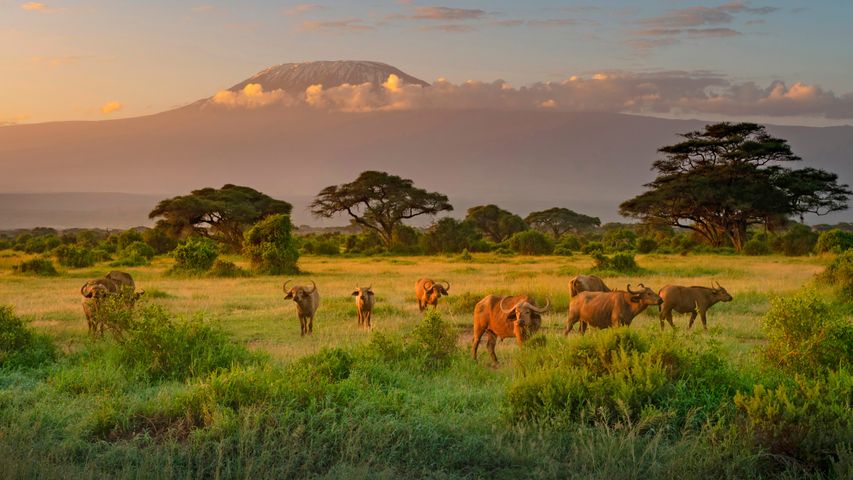
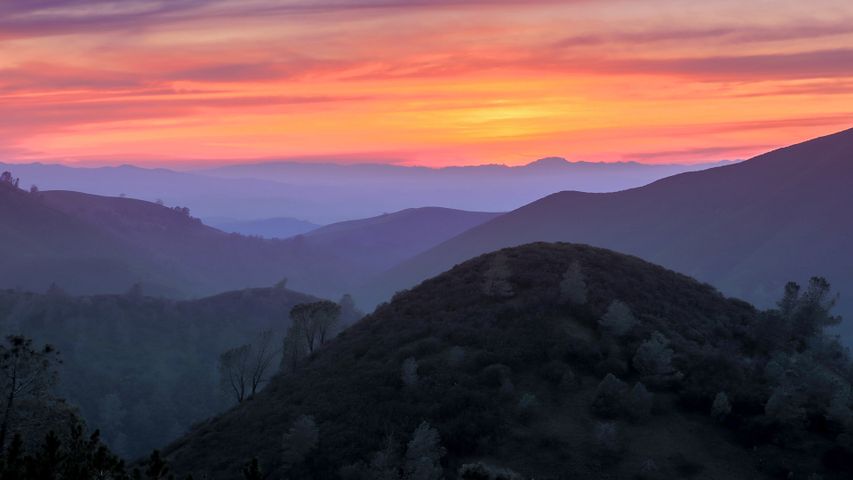
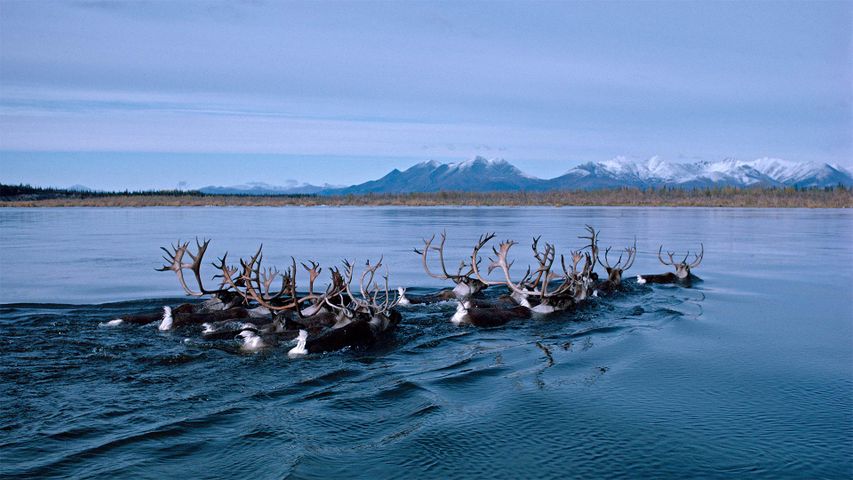
 The Milky Way over Horse Head Rock, New South Wales, Australia
The Milky Way over Horse Head Rock, New South Wales, Australia
 Beach in Santa Catarina, Brazil
Beach in Santa Catarina, Brazil
 Vila Franca Islet, São Miguel Island, Azores, Portugal
Vila Franca Islet, São Miguel Island, Azores, Portugal
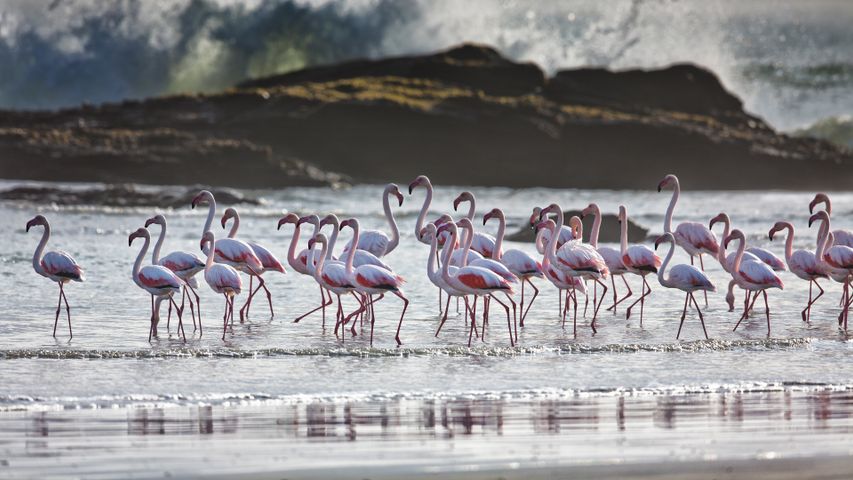 Greater flamingos, Lüderitz, Namibia
Greater flamingos, Lüderitz, Namibia
 Barrier reef off Grande Terre, New Caledonia, France
Barrier reef off Grande Terre, New Caledonia, France
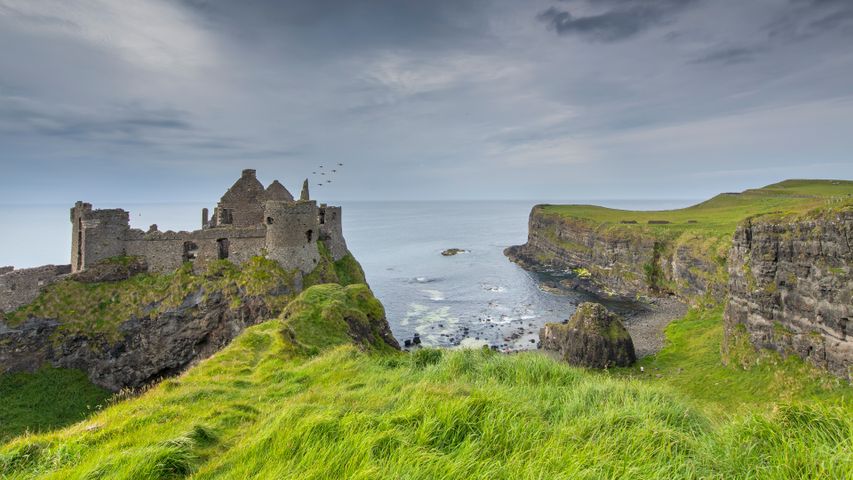 Dunluce Castle, County Antrim, Northern Ireland
Dunluce Castle, County Antrim, Northern Ireland
 Indian Head Cove, Bruce Peninsula National Park, Ontario, Canada
Indian Head Cove, Bruce Peninsula National Park, Ontario, Canada
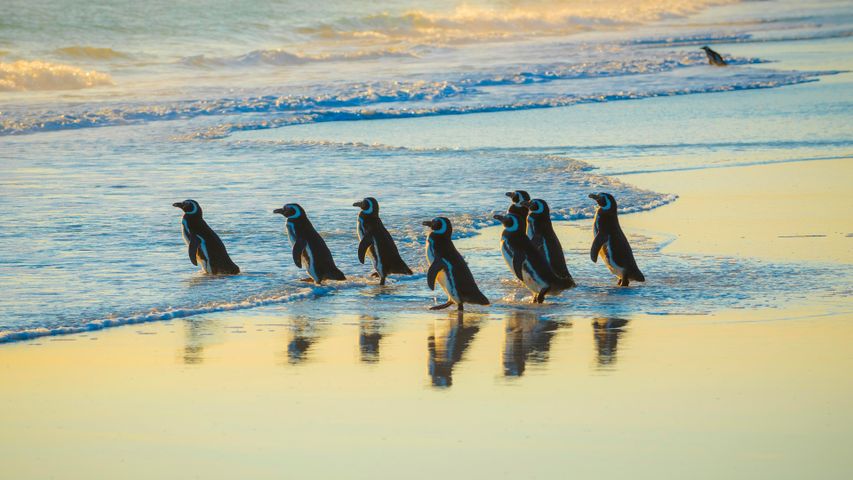 Magellanic penguins, Volunteer Point, Falkland Islands
Magellanic penguins, Volunteer Point, Falkland Islands
